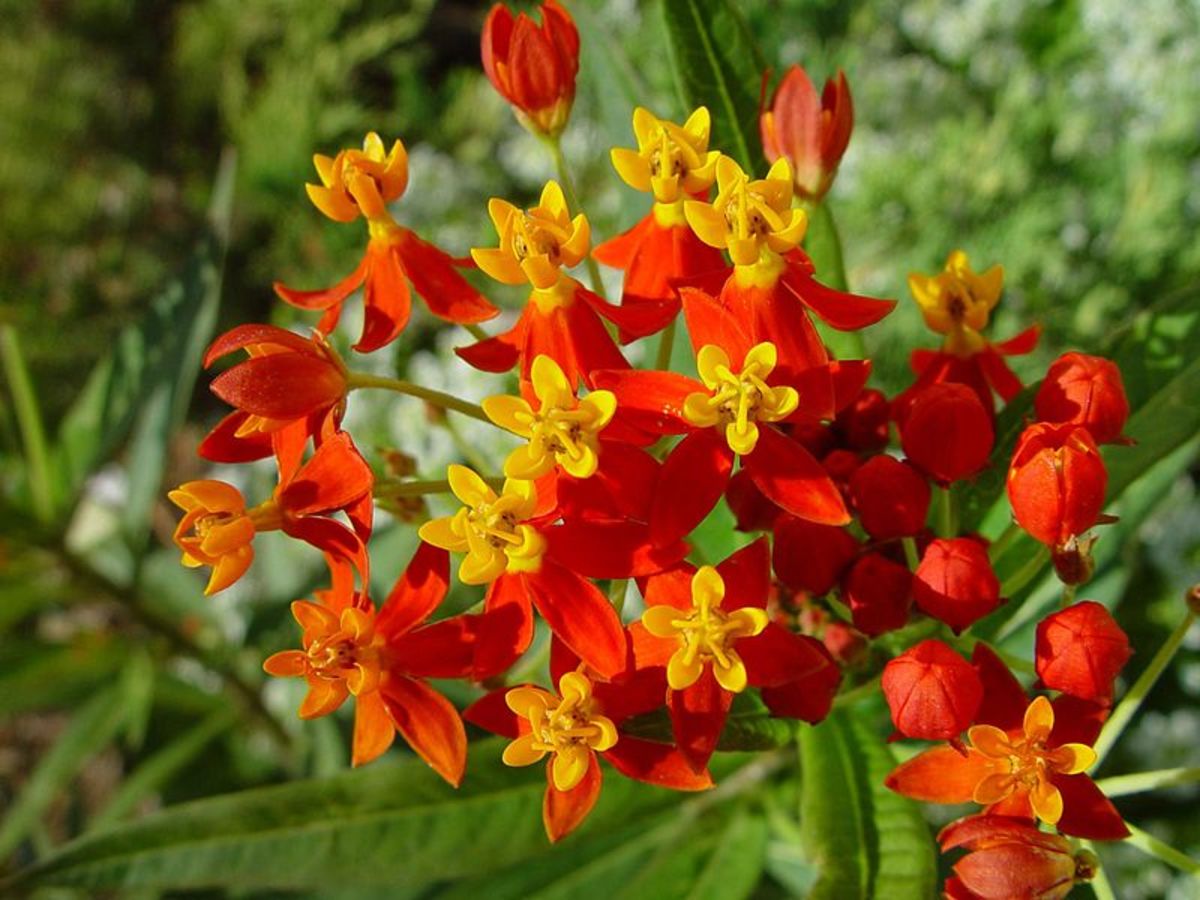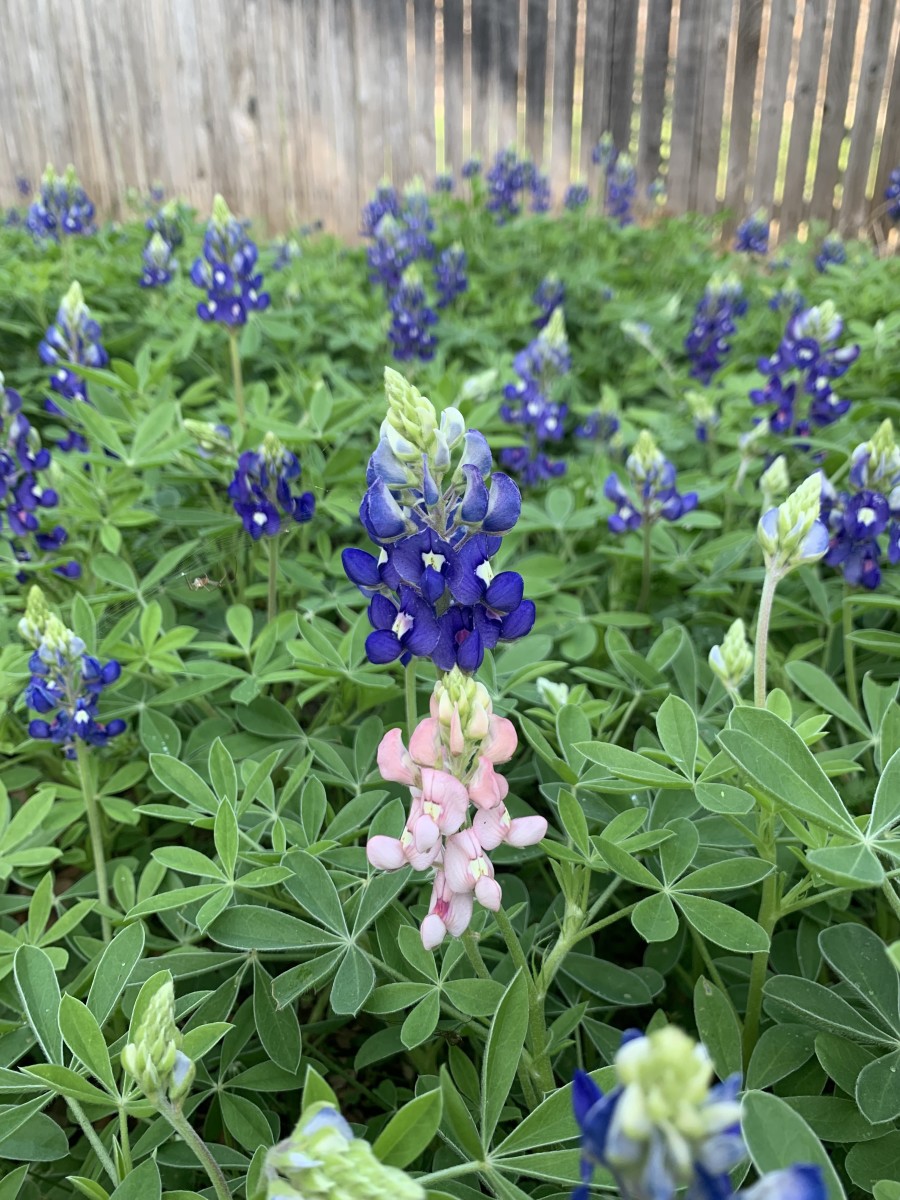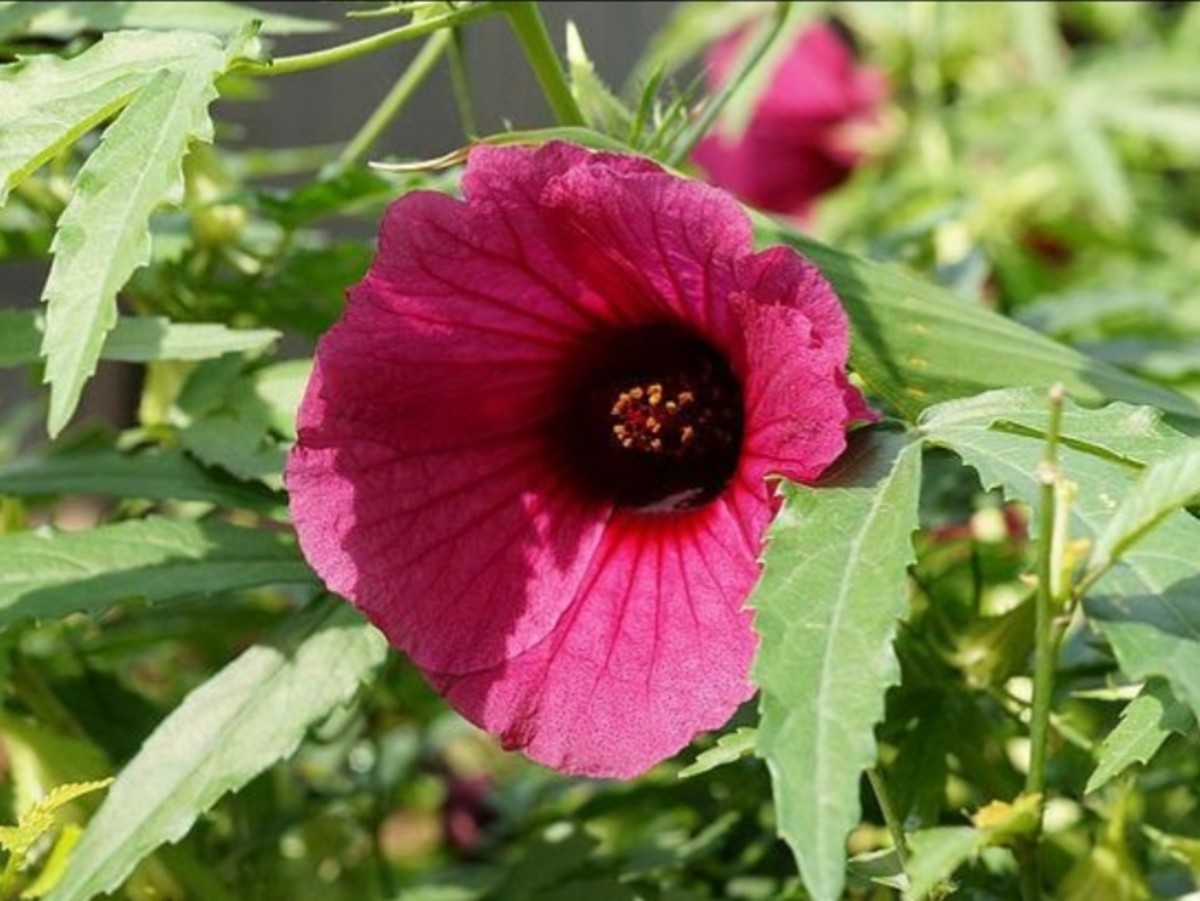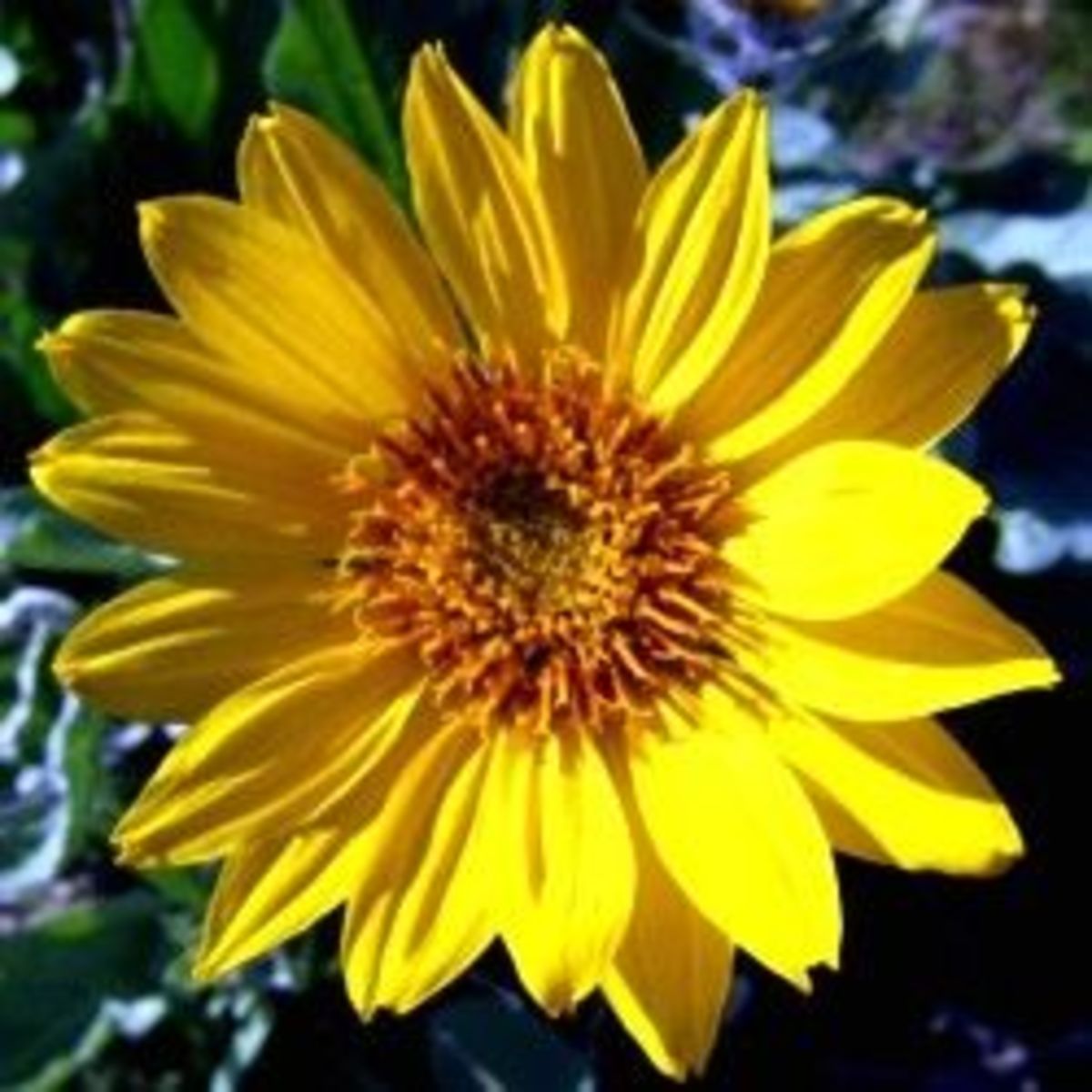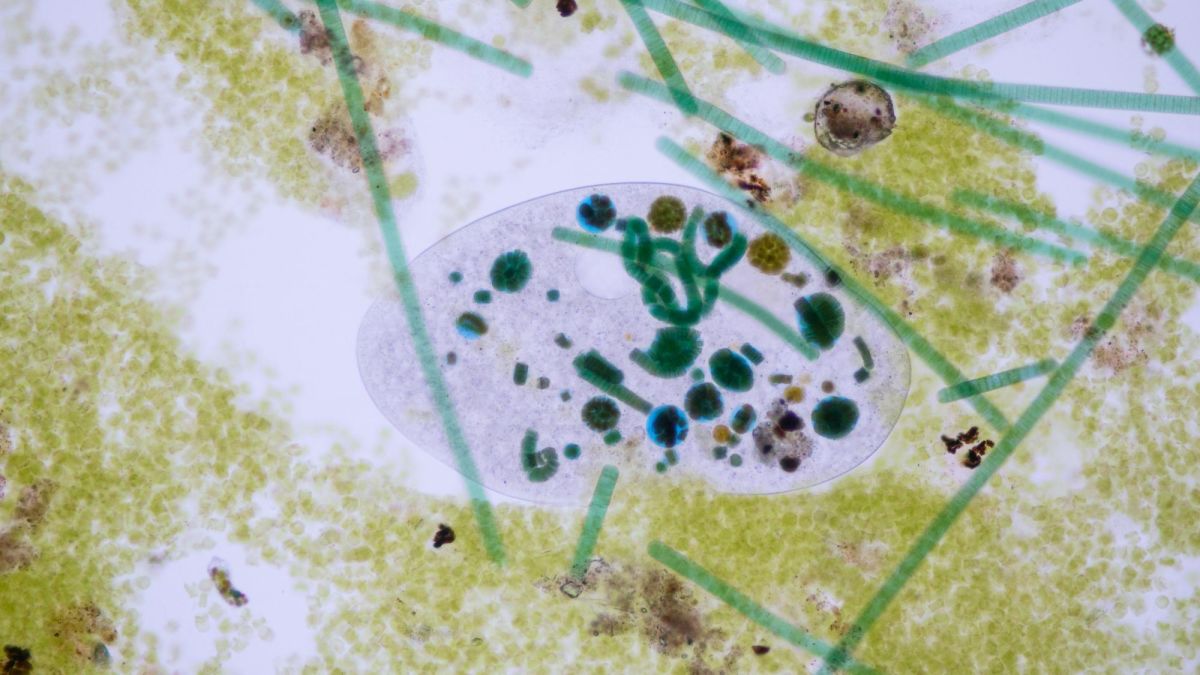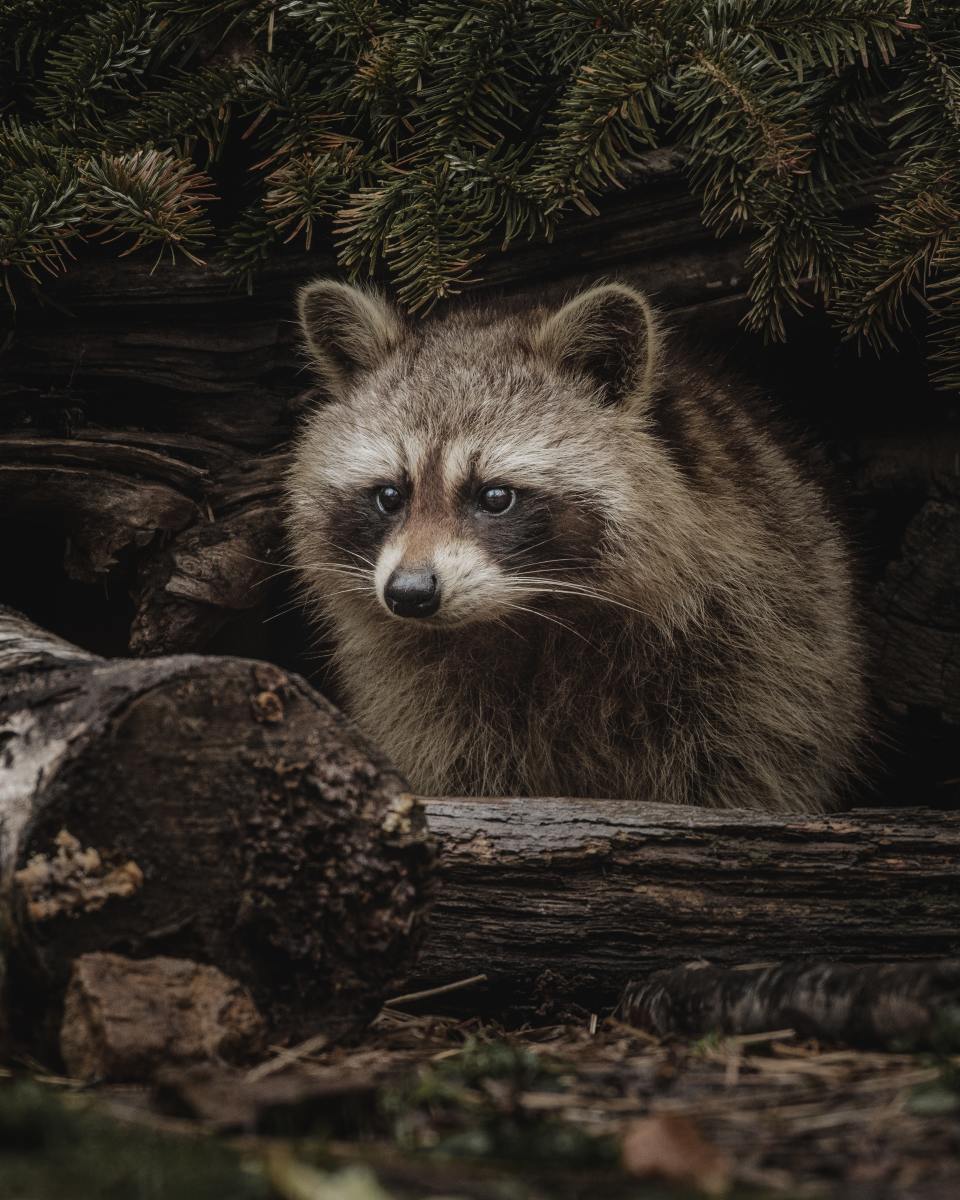Common Wildflowers, Worth a Closer Look
Roadside Beauties
This summer I am enjoying a long summer vacation just like the students; one of my pleasures has been indulging myself searching out wildflowers and trying to photograph and identify them. The result is this series of Hubs on wildflowers. The result is a surprise...I didn't realize that there is so much to learn about Ontario wildflowers!
I thought I knew all the wildflowers in my area and have discovered so many more I did not know even existed and realize how many more there are still to discover!
One flower that surprised me was the Purple Fragrant Rasberry featured in this Hub. A pretty flower that bears raspberry-like fruit. This summer is the first time I have ever seen this plant!
Discovering wildflowers is fun:
If you want to find wildflowers become very observant. Some wildflowers are very delicate and small. It helps to have a camera that takes macro pictures to help identify the flowers later with a good reference book or by internet sources.
I would like to recommend a site I have started to use to identify my finds: www.ontariowildflowers.com this site is wonderful and the array of plants and flowers are just beautiful to look at...I can tell I have a long road to travel in identification and discovery of Ontario's wildflowers!
Purple Fragrant Raspberry
This wildflower is a new discovery for me. This shrub has maple like leaves, a wild rose like flower and raspberry like fruit. The shrub is fairly large and the flowers are showy.
This is a native American plant.You would expect the canes (stems) to have thorns, but they are thornless.
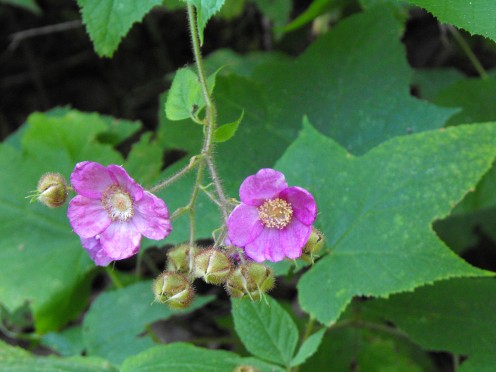
Pearly Everlasting
This is a pretty flower up close. From a distance it is fairly insignificant, the foliage is rather dull and insignificant, but like many wildflowers you need to get up close to appreciate the beauty of these little gems.
This flower retains it's shape and color after it is dried and is one wildflower that can be used in dried flower arrangements.
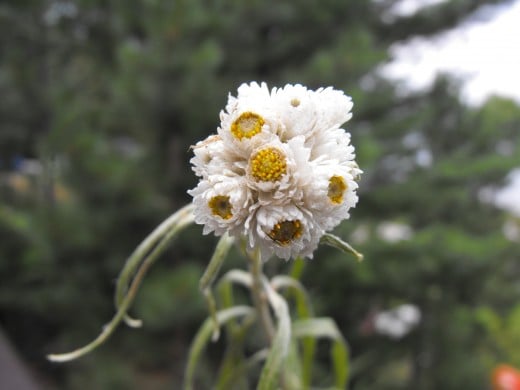
Butter and Eggs
Another unusual name, which it seems is based on the color of the flowers which can be described in the shades of color of butter and the yellow of egg yolks.
Native to Asia it was brought to Europe because of it's color and hardiness. Eventually brought to North America where it has naturalized.
It blooms May to September. I found these on the beach in sand but also along roadsides.
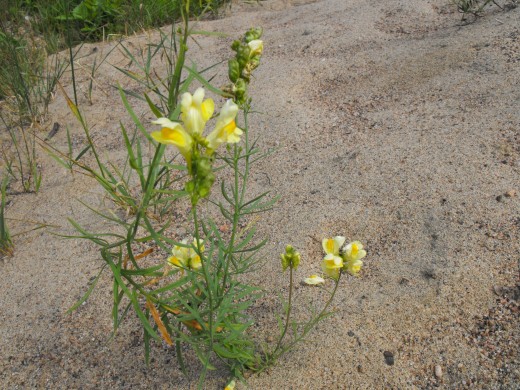
Common Milkweed
The common milkweed has one important function. The Monarch Butterfly caterpillar feeeds only on Milkweed leaves. The Monarch butterfly needs Milkweed as part of its development. It cannot survive without it. So thank a milkweed the next time you see a Monarch butterfly!
Milkweed refers to the white sap which will ooze out of the plant if cut. This sap is poisonous to most insects
The Milkweed blooms from June to August and is a native North American plant.
Common Milkweed
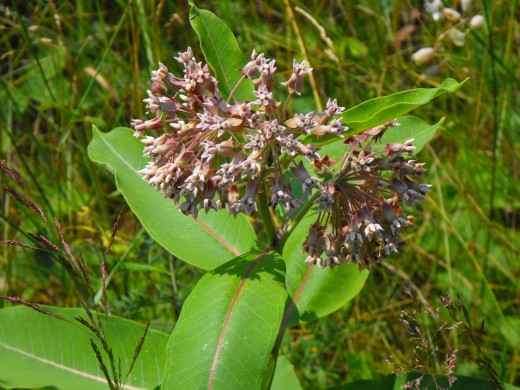
Beach Pea
You can find this, you guessed it, by shore lines...gravel shores and beaches. Related to cultivated peas, this delicate flower blooms June to August, Beach Pea grows around the globe.
Beach Peas
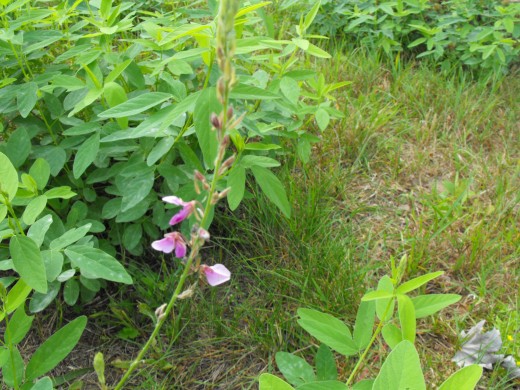
Meadowrue
This is a lovely wildflower that I have tried to naturalize in a garden since I admire both the flowers and the foilage. I have found this plant in the city as well as in the country and it seems to like damp areas near water.
The Meadowrue is a native North American plant. The leaves are showy and the flowers are quite striking. It blooms June to July.
Meadowrue
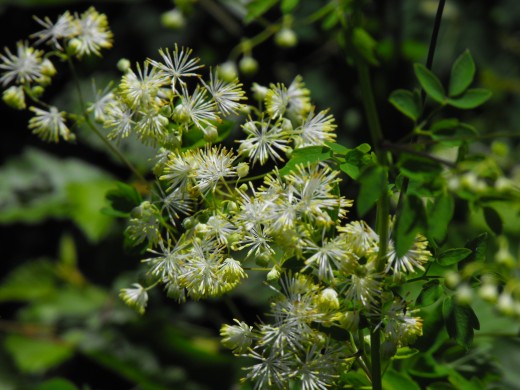
Bigleaf Lupine
This plant is native to western North America and naturalized in Ontario. The plants pictured are from wildflower seed mix I cast into the grasses by the roadside on my property. It blooms from June to early September though I found these blooms were done by mid August.
Widely grown as an ornamental flower in gardens, the plant enriches poor soils. The plant is harmful to both animals and humans so it would not have been my first choice to plant, but I have to admit it is showy.
.
Bigleaf Lupine
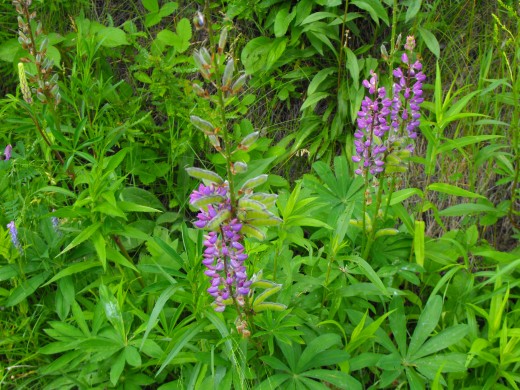
Common Yarrow
This aromatic flower was commonly used in the Middle Ages as a medicinal herb for an assortment of ailments. It is native around the world and fairly easy to find.
It blooms from June to September.
Common Yarrow
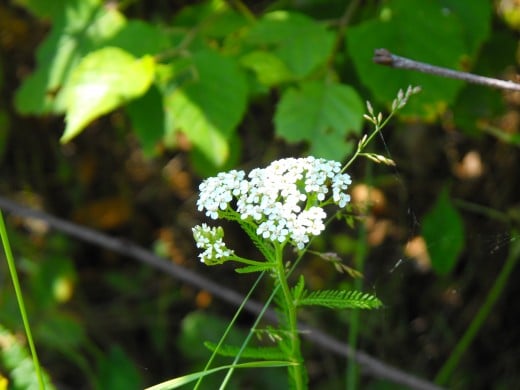
Cut Leaved Water Horehound
This lovely little flower is very tiny but worth a look because it is so pretty up close. I discovered this one growing by the shoreline of a lake along with a purple version of a similar flower which I have yet to identify.
This plant belongs to the mint family, but is not aromatic as most mints are. The Water Horehound is a native perrenial and blooms July to September.
Cut-leaved Water Horehound
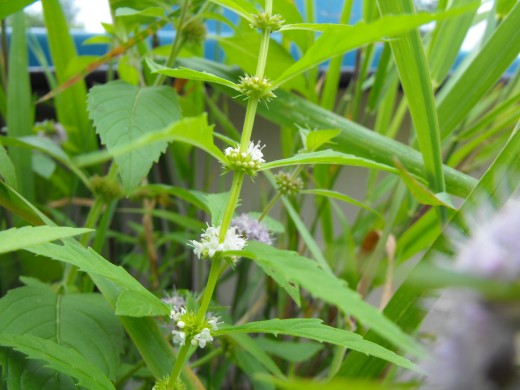
references:
Ontario Wildflowers by Linda Kershaw ISBN 13: 978-1-55105-285-4, ISBN 10: 1-55105-285-7


